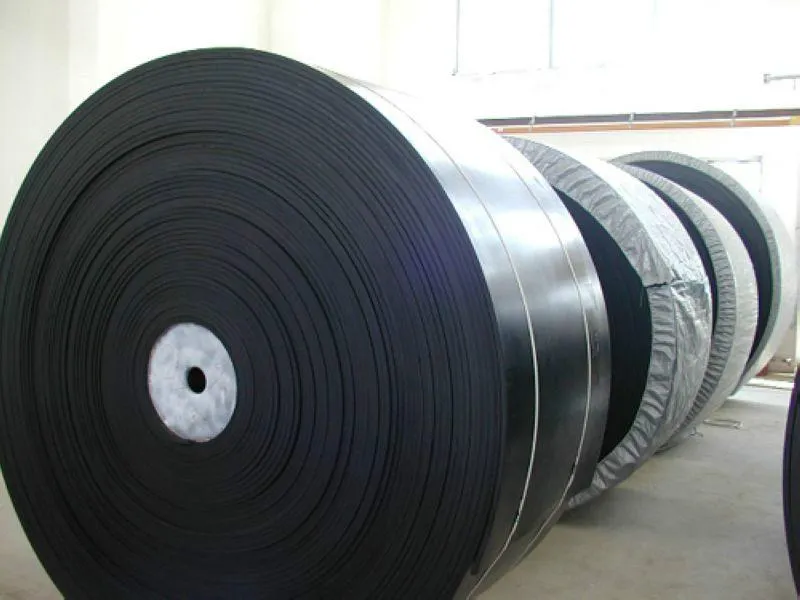 Afrikaans
Afrikaans  Albanian
Albanian  Amharic
Amharic  Arabic
Arabic  Armenian
Armenian  Azerbaijani
Azerbaijani  Basque
Basque  Belarusian
Belarusian  Bengali
Bengali  Bosnian
Bosnian  Bulgarian
Bulgarian  Catalan
Catalan  Cebuano
Cebuano  Corsican
Corsican  Croatian
Croatian  Czech
Czech  Danish
Danish  Dutch
Dutch  English
English  Esperanto
Esperanto  Estonian
Estonian  Finnish
Finnish  French
French  Frisian
Frisian  Galician
Galician  Georgian
Georgian  German
German  Greek
Greek  Gujarati
Gujarati  Haitian Creole
Haitian Creole  hausa
hausa  hawaiian
hawaiian  Hebrew
Hebrew  Hindi
Hindi  Miao
Miao  Hungarian
Hungarian  Icelandic
Icelandic  igbo
igbo  Indonesian
Indonesian  irish
irish  Italian
Italian  Japanese
Japanese  Javanese
Javanese  Kannada
Kannada  kazakh
kazakh  Khmer
Khmer  Rwandese
Rwandese  Korean
Korean  Kurdish
Kurdish  Kyrgyz
Kyrgyz  Lao
Lao  Latin
Latin  Latvian
Latvian  Lithuanian
Lithuanian  Luxembourgish
Luxembourgish  Macedonian
Macedonian  Malgashi
Malgashi  Malay
Malay  Malayalam
Malayalam  Maltese
Maltese  Maori
Maori  Marathi
Marathi  Mongolian
Mongolian  Myanmar
Myanmar  Nepali
Nepali  Norwegian
Norwegian  Norwegian
Norwegian  Occitan
Occitan  Pashto
Pashto  Persian
Persian  Polish
Polish  Portuguese
Portuguese  Punjabi
Punjabi  Romanian
Romanian  Russian
Russian  Samoan
Samoan  Scottish Gaelic
Scottish Gaelic  Serbian
Serbian  Sesotho
Sesotho  Shona
Shona  Sindhi
Sindhi  Sinhala
Sinhala  Slovak
Slovak  Slovenian
Slovenian  Somali
Somali  Spanish
Spanish  Sundanese
Sundanese  Swahili
Swahili  Swedish
Swedish  Tagalog
Tagalog  Tajik
Tajik  Tamil
Tamil  Tatar
Tatar  Telugu
Telugu  Thai
Thai  Turkish
Turkish  Turkmen
Turkmen  Ukrainian
Ukrainian  Urdu
Urdu  Uighur
Uighur  Uzbek
Uzbek  Vietnamese
Vietnamese  Welsh
Welsh  Bantu
Bantu  Yiddish
Yiddish  Yoruba
Yoruba  Zulu
Zulu Different Types of Conveyor Idlers and Their Applications in Material Handling Systems
Understanding Conveyor Idler Types A Comprehensive Guide
Conveyor systems are vital components in many industries, serving as the backbone of material handling processes. One of the essential elements of these systems is the conveyor idler, which plays a critical role in supporting the conveyor belt and maintaining its efficiency. Various types of conveyor idlers are available, each designed to meet specific operational requirements. This article explores the different types of conveyor idlers and their functions, highlighting the importance of selecting the right type for your application.
1. Belt Support Idler
The most common type of conveyor idler is the belt support idler. It is designed to support the weight of the conveyor belt and material being transported. Typically, these idlers are positioned in strategic locations along the conveyor system to ensure that the belt maintains proper tension and alignment. Belt support idlers can come in various configurations, including flat, trough, or transition idlers, depending on the type of material being conveyed.
2. Return Idler
As the name suggests, return idlers are located on the return side of the conveyor belt. These idlers help to support the belt as it returns to the head pulley after discharging the load. Return idlers are crucial for maintaining the belt's tension and preventing sagging, which could lead to reduced efficiency and increased wear on the belt. They are usually flatter than the support idlers, designed to accommodate the inverted position of the belt during the return journey.
3. Impact Idler
In applications where heavy materials are loaded onto the conveyor belt, impact idlers are essential. These idlers are designed to absorb the shock and impact associated with loading, thus protecting the conveyor belt from damage. Often located at loading zones, impact idlers feature specialized designs, such as rubber coverings and shock-absorbing elements, which help to reduce wear and prolong the lifespan of the conveyor system.
conveyor idler types

4. Training Idler
To ensure that the conveyor belt runs efficiently without tracking issues, training idlers are used. These idlers are designed to assist in steering the belt back into alignment when it starts to drift. They can be adjustable or fixed and can be installed at various locations along the conveyor system. Proper installation of training idlers is crucial, as misalignment can lead to increased wear and reduced operational efficiency.
5. Self-Cleaning Idler
In environments where material buildup on the idlers is a concern, self-cleaning idlers are an excellent solution. These idlers incorporate a design that helps to remove debris and sticky materials from the surface of the idler, ensuring smooth operation. Self-cleaning idlers not only enhance the efficiency of the conveyor system but also reduce maintenance requirements by minimizing material accumulation, which can lead to wear and potential failures.
6. Rubber Disc Idler
Rubber disc idlers are specialized types of idlers designed for applications involving heavy and abrasive materials. They consist of a series of rubber discs mounted on a shaft. The unique design allows for better grip and traction, which helps in reducing belt slip. Additionally, rubber disc idlers provide a cushioning effect that protects the belt from wear, offering a longer service life and reduced operational costs.
Conclusion
Selecting the appropriate type of conveyor idler is crucial for maximizing the efficiency and longevity of your conveyor system. Understanding the various types of idlers, including belt support, return, impact, training, self-cleaning, and rubber disc idlers, can help in making informed decisions tailored to specific applications. Proper maintenance and timely replacement of idlers can significantly impact the overall performance, reliability, and cost-effectiveness of a conveyor system. By investing in the right type of idler, businesses can ensure smooth operations and maintain a competitive edge in their respective industries.
-
Revolutionizing Conveyor Reliability with Advanced Rubber Lagging PulleysNewsJul.22,2025
-
Powering Precision and Durability with Expert Manufacturers of Conveyor ComponentsNewsJul.22,2025
-
Optimizing Conveyor Systems with Advanced Conveyor AccessoriesNewsJul.22,2025
-
Maximize Conveyor Efficiency with Quality Conveyor Idler PulleysNewsJul.22,2025
-
Future-Proof Your Conveyor System with High-Performance Polyurethane RollerNewsJul.22,2025
-
Driving Efficiency Forward with Quality Idlers and RollersNewsJul.22,2025





























